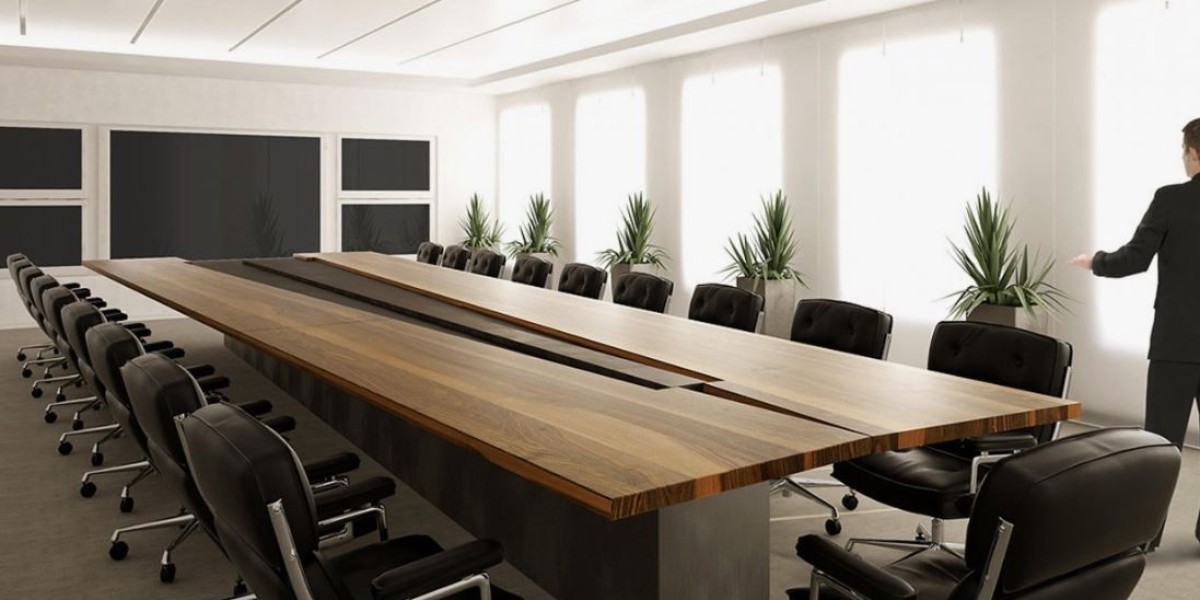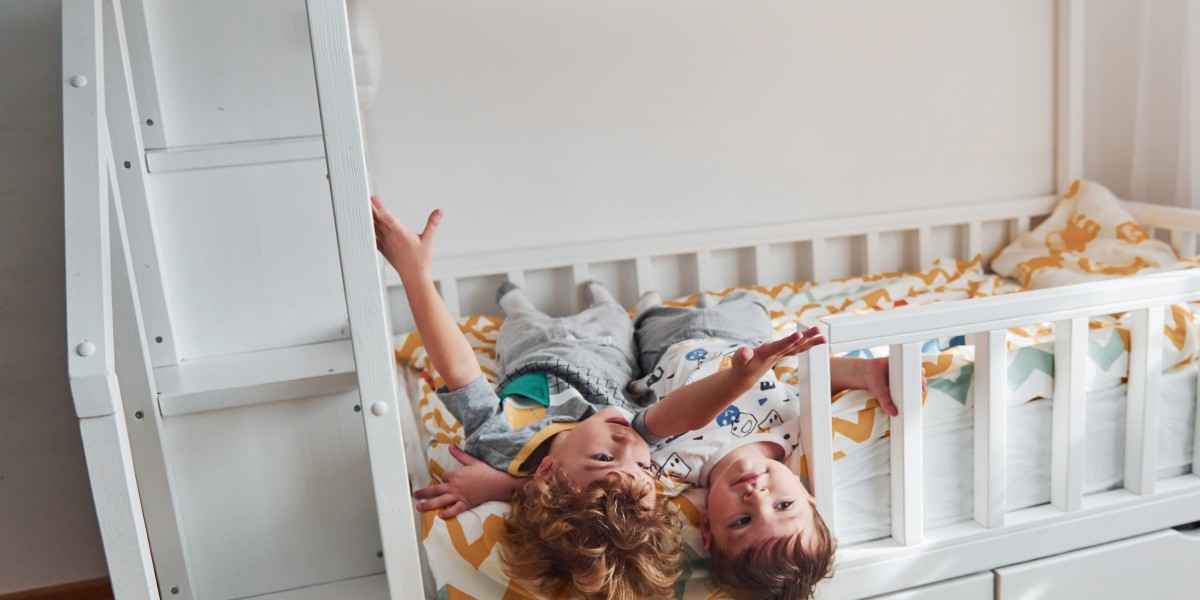In today's dynamic office environments, the meeting table has evolved from being a basic piece of furniture into a strategic component of workplace design. As the heart of collaboration and communication, a well-chosen meeting table sets the tone for discussions, idea exchanges, and important decision-making. Whether you're furnishing a large corporate boardroom or a small co-working space, the choice of your meeting table can influence productivity, professionalism, and overall workflow. It not only impacts how people interact but also how they perceive the culture and values of the organization. A high-quality table helps foster creativity, promotes comfort, and enhances teamwork. With workspaces now doubling as hubs of innovation and inclusivity, office furniture must reflect function and style equally—and the meeting table is often at the center of it all.
Choosing the Right Meeting Table for Your Workspace Needs
When selecting a meeting table, it's essential to consider your team size, space availability, and the nature of your meetings. Do you host formal board meetings with clients and executives? Or do you need a casual collaborative space for brainstorming sessions among small teams? For executive environments, rectangular or boat-shaped meeting tables offer a sense of formality and structure. For creative, agile teams, round or oval tables encourage eye contact and make discussions more open and engaging. Additionally, the materials used—wood, metal, glass, or laminate—can communicate different messages about your brand. For instance, wood implies tradition and authority, glass signals modernity and openness, and mixed materials convey flexibility. Power modules, cable management systems, and USB ports are increasingly necessary to support hybrid meetings and digital devices. Ergonomic design is also key; employees should feel comfortable during long sessions without feeling physically strained. Ultimately, the goal is to create a setting where communication flows easily and the design complements the purpose of each meeting.
The Role of Meeting Tables in Enhancing Collaboration and Productivity
A functional and aesthetically pleasing meeting table can significantly improve how employees collaborate. It provides a physical anchor for dialogue, helping teams stay grounded and focused. A poorly sized or uncomfortable table can create distractions, reduce engagement, and even shorten meeting durations due to discomfort. In contrast, a thoughtfully designed table encourages active participation, especially when paired with comfortable seating and proper lighting. In open-plan offices, modular meeting tables with movable parts can help create semi-private zones where employees can break off into smaller groups. Such adaptability supports a variety of working styles—individual, team-based, or cross-functional. When teams have access to a dedicated space that feels purposeful and organized, they are more likely to take ownership of their discussions, follow through with decisions, and value the meeting time. Therefore, your investment in the right meeting table can deliver returns in team morale, effectiveness, and overall workplace efficiency.
Integrating Technology with Modern Meeting Tables
In the digital age, integrating technology with meeting tables is no longer optional—it’s essential. Most organizations conduct hybrid meetings that involve remote participants and on-site attendees. To accommodate this, meeting tables must feature integrated connectivity solutions, such as HDMI ports, audio-visual (AV) integrations, USB charging hubs, and wireless charging stations. Built-in cable management keeps the workspace tidy and free from tangled wires, which is critical for creating a distraction-free environment. Some advanced meeting tables come with touch-screen surfaces or embedded screens, enabling live annotations, whiteboarding, and shared presentations. This not only improves collaboration but also boosts accessibility and inclusion across teams. Another growing trend is the inclusion of smart sensors in meeting tables to monitor usage and optimize room scheduling. In spaces where meetings happen frequently, these innovations can help streamline workflows and reduce the frustration associated with outdated or poorly equipped rooms. By prioritizing tech integration, organizations can ensure their furniture supports—not hinders—their digital transformation goals.
Aesthetic Considerations for Stylish and Professional Meeting Spaces
While functionality is crucial, aesthetics should not be underestimated when choosing a meeting table. The visual appeal of your meeting space contributes to the impression you make on clients, partners, and potential hires. Sleek designs, clean lines, and premium finishes convey a sense of professionalism and attention to detail. The meeting table often becomes the focal point of the room, so it should reflect your brand identity. For example, a creative agency might opt for a vibrant, unconventional table to express innovation, while a law firm may prefer a classic wooden design to showcase tradition and trust. Matching the meeting table with your overall interior design—from flooring and wall color to lighting and accessories—can create a cohesive look that leaves a lasting impact. Moreover, incorporating elements like built-in storage, hidden drawers, or customizable surfaces adds value while preserving the elegance of the room. As the boundary between office and hospitality design blurs, furniture that is both functional and visually appealing is more important than ever.
Sustainability and Longevity in Meeting Table Selection
As environmental awareness grows, many organizations are prioritizing sustainable office solutions. Choosing an eco-friendly meeting table made from recycled or responsibly sourced materials is a step in the right direction. Manufacturers now offer options with low-VOC finishes, formaldehyde-free adhesives, and biodegradable components. Additionally, selecting durable tables that can withstand daily wear and tear reduces the need for frequent replacements, which saves costs and minimizes waste. Longevity should be a primary factor in your decision-making process, especially in high-traffic meeting areas. A good meeting table should last for years without compromising on appearance or function. Maintenance is also easier with materials like high-pressure laminate or powder-coated metals, which resist stains and scratches. When sustainability is combined with durability and design, the result is a smart investment that benefits both your company and the environment. Businesses that commit to green practices in their furniture choices also signal responsibility and forward-thinking leadership to their employees and clients alike.
Conclusion: Why Your Office Needs the Perfect Meeting Table
The meeting table is more than just a surface where people sit—it’s a central part of your office culture. It’s where goals are set, ideas are sparked, and relationships are built. Whether you're planning to impress clients, boost internal collaboration, or adapt to a hybrid working model, the right table plays a pivotal role in achieving these outcomes. It influences not only how people interact but also how they feel about the space they’re in. With the right blend of functionality, technology, aesthetics, and sustainability, a meeting table can transform your workspace into a thriving environment of productivity and innovation. For businesses in the Philippines, especially in Quezon City and Metro Manila, finding that perfect piece is easier with expert suppliers that understand your unique needs. Office furniture Manila offers a wide range of modern and stylish meeting tables tailored for every type of office environment, ensuring that your workspace looks professional, performs efficiently, and stands the test of time.







